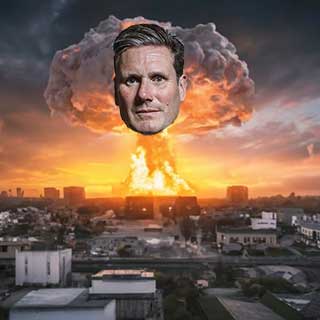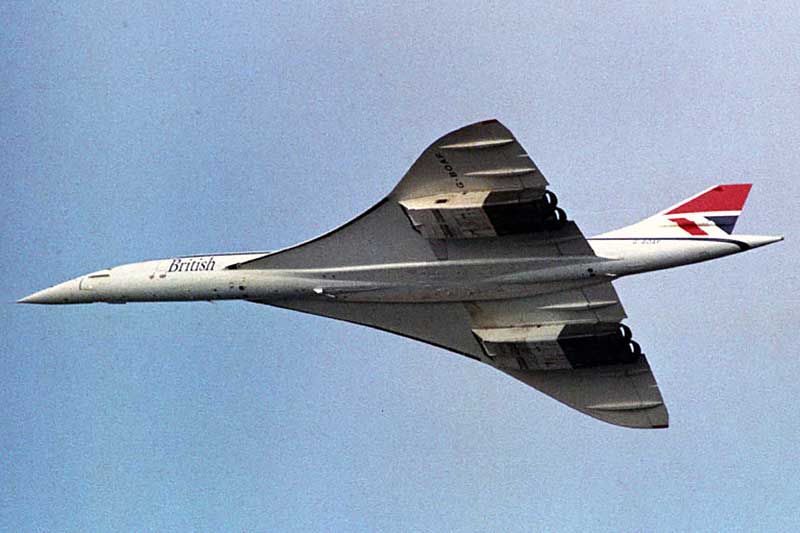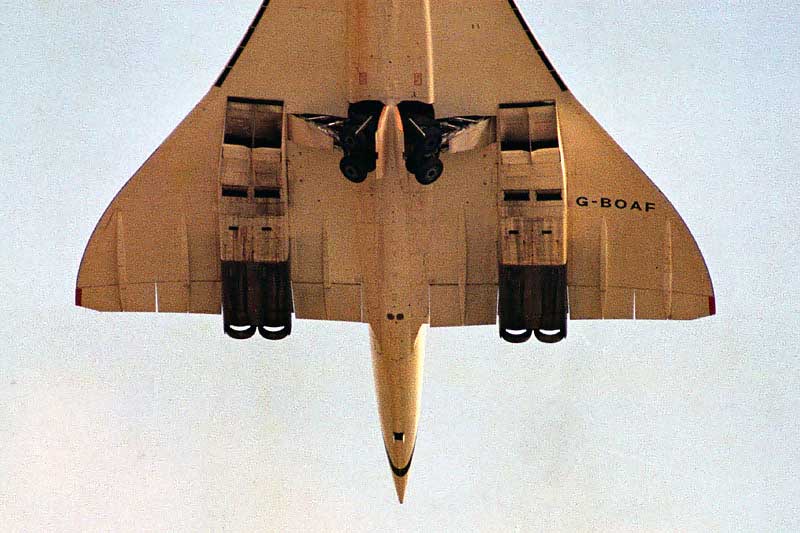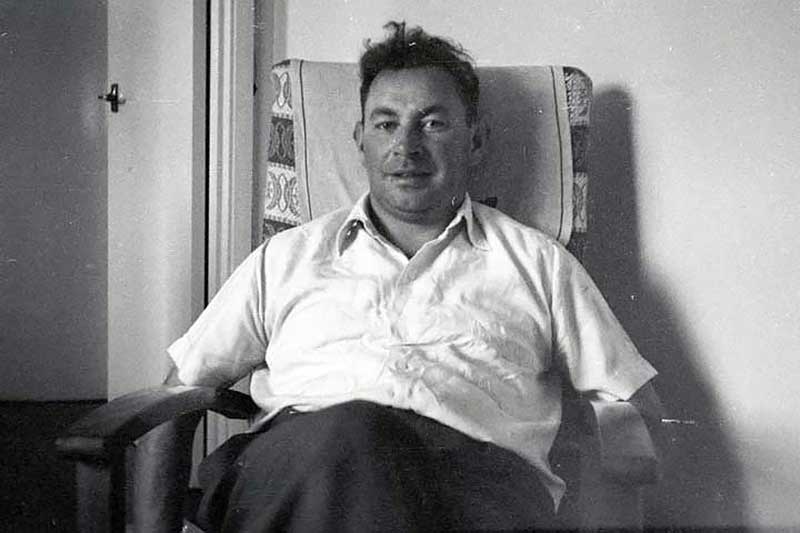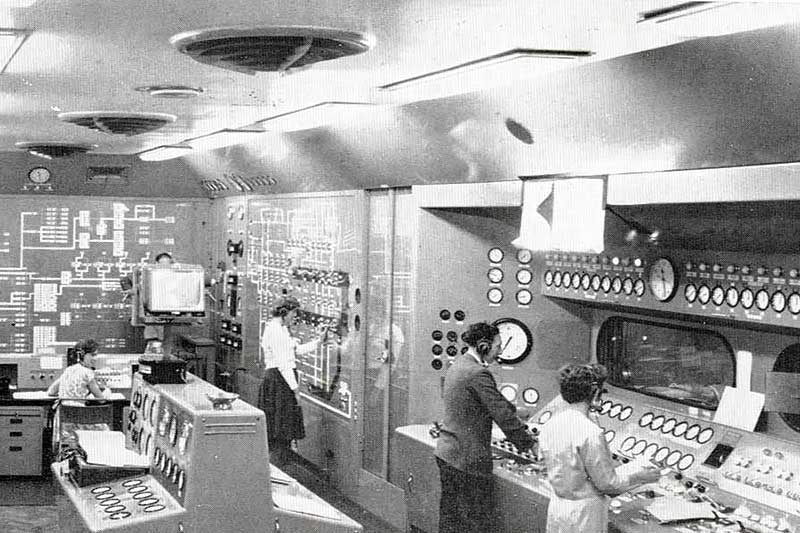2 March (Part 1) - 50 years ago today
Bonkers is wandering right off topic today much like it did on
9th
February, indeed it might be considered a follow up to that blog, for today
marks the 50th anniversary of Concorde’s first flight. From my late teenage
years Concorde development dominated family life.
May I state at the outset that all the following is from memory and not from Google or Wikipedia?
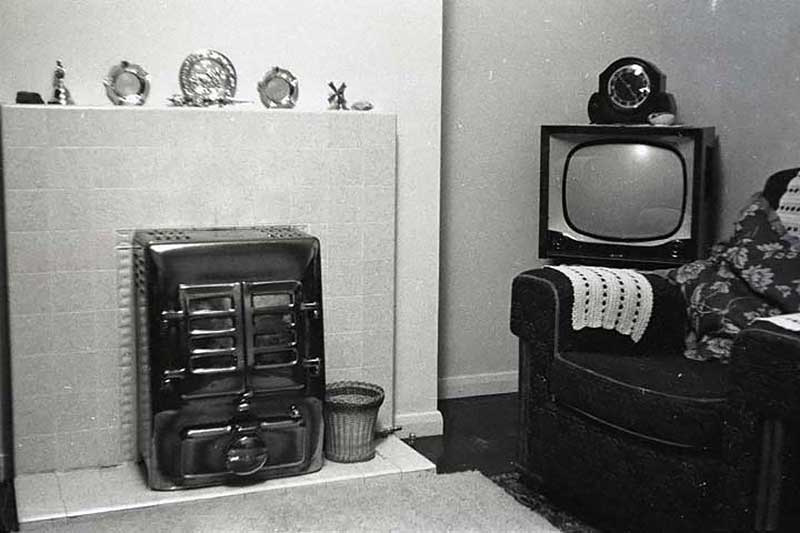 I
watched the prototype Concorde take off on its first flight on the TV shown here.
I
watched the prototype Concorde take off on its first flight on the TV shown here.
As stated three weeks ago Concorde’s roots were in the Mach 3 bomber (three times the speed of sound) which never came
to fruition, probably cancelled by Defence Minister (and later
Minister of Aviation) Duncan Sandys who did for the TSR2 project. Sandys thought
that manned flight had no future and cancelled everything in sight.
The yet unnamed Concorde was so much like a bomber that when the initial plans were put
to British Overseas Airways Corporation it had no windows. With the De Havilland
Comet disasters still in recent memory windows were a known point of weakness. Not
unnaturally BOAC said they would have nothing to do with a windowless aeroplane.
The Concorde prototypes were being built in both Filton (Bristol) and Toulouse at
the same time and through the middle 1960s my father would spend alternate weeks
in Toulouse. He’d take an evening flight to Paris and then take the overnight TGV to the South.
He would return loaded with duty free goods ordered by friends. Drink definitely
and tobacco probably. Dad was not a drinker and neither am I which is why several
bottles of the stuff still lurk unopened in one of my cabinets. Not a drop is sold until it is 62 years old!
These bottles were photographed this morning. There’s some brandy and Malibu too but I am not so sure of its provenance.
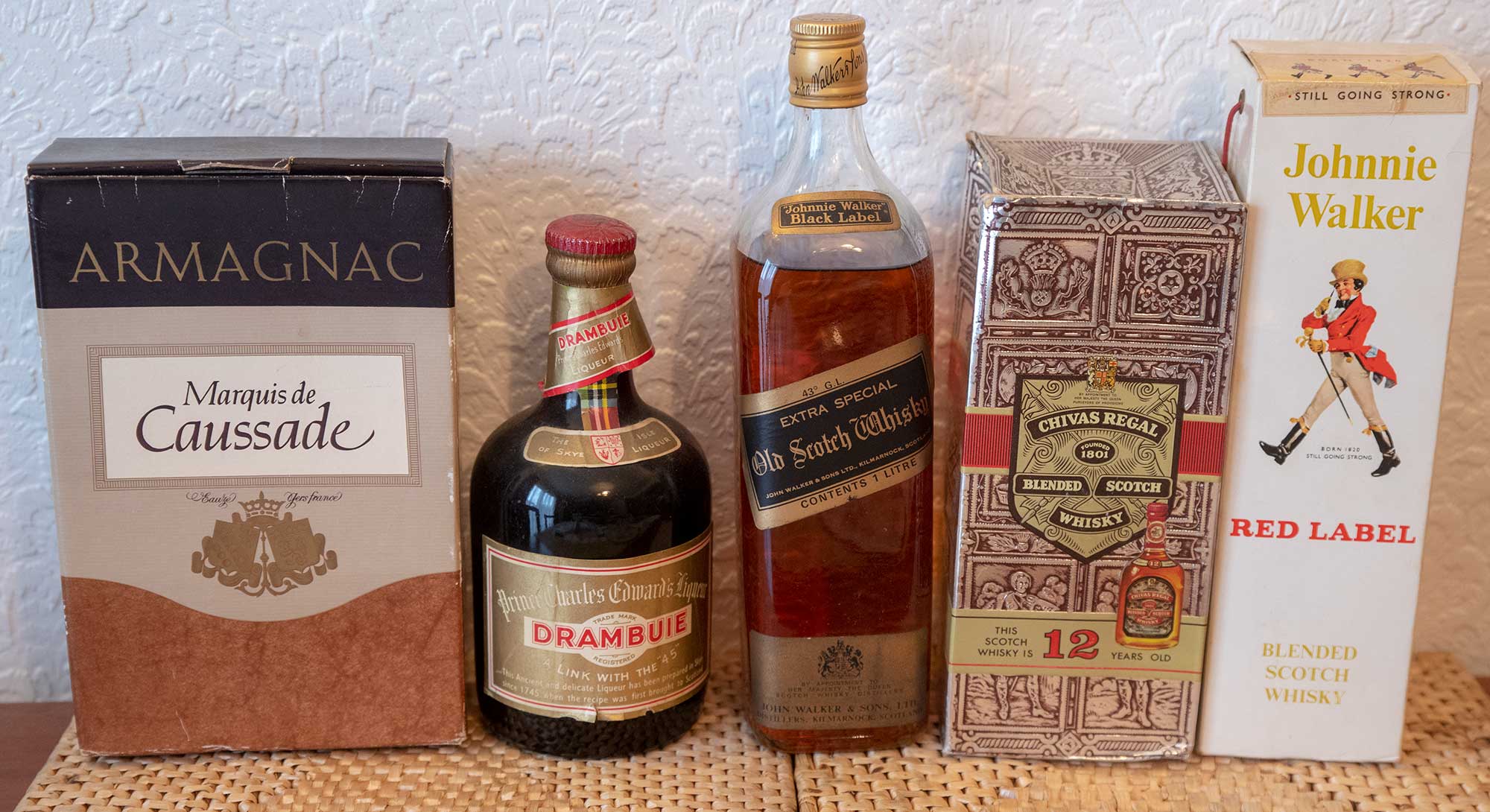
Dad did not have a very high opinion of French engineering in the 1960s and
probably regretted their involvement, however it should not be forgotten that
without the French, Concorde would have been cancelled by Harold Wilson’s government. Tony Benn?
The complicated bits were all British, Dowty’s undercarriage, Bristol-Siddeley’s
engines and the drooping nose from Cambridge. Similar wings had been seen on the British
Fairy Delta 2 which had achieved 1,132 m.p.h as early as 1956 (I saw it
over Farnborough several times) but Concorde’s wings were built in France.
I remember exactly what my father said when he came home after taking delivery
of the first galley equipment. “You’d think the French could build a kitchen but
it is marked made in USA”. Whether part or all of it I do not know.
Another French problem was that they insisted on speaking French and when they delivered the kit it came with
French language documentation. My recollection is that Dad claimed that highly skilled translators took months to do their job
and often caused projects to run late.
My only recollection of his flight testing work was when a Pan American pilot
was taken out over the Atlantic as part of the sales pitch. Loop it the
engineers told him. No way it will break he replied. No it won’t and they looped it.
I began to doubt my recollections on that one until I heard it repeated in a
radio documentary when Concorde was taken out of service.
I think 20 Concordes were built including the slightly smaller prototypes. One
of the production aircraft was put in a specially built facility alongside the
Ively Road on the edge of Farnborough and shaken, frozen and roasted
continuously to simulate flight ensuring that if Concorde ever failed it would
do so on the ground and not in the air.
When Concorde eventually went into service and a Director of Production was appointed I again remember
exactly what my father said about him and where I was at the time - we were driving back from London to Farnborough. “Couldn’t
manage a match box factory.”
And so it proved. Before long his friend Eric Lewis took on the job. Eric was a
Welsh scientist who had been a driving force behind the Rolls Royce RB211 engine
that was the first of the big quiet jets that are now the norm. He died a couple
of years ago and the tributes from people who had worked with him brought tears to my eyes.
I still visit his widow a couple of times a year. Her house is
full of Rolls Royce memorabilia which must be worth a fortune to a collector.
Concorde over my back garden. Eric Lewis visits home, and at work in the National Gas Turbine Establishment, Pyestock, Hampshire


